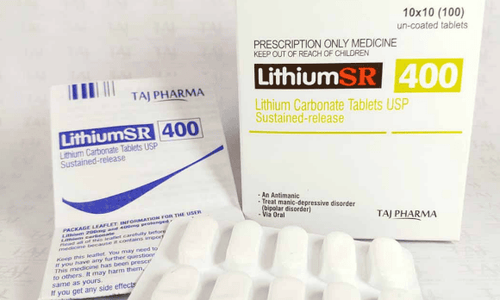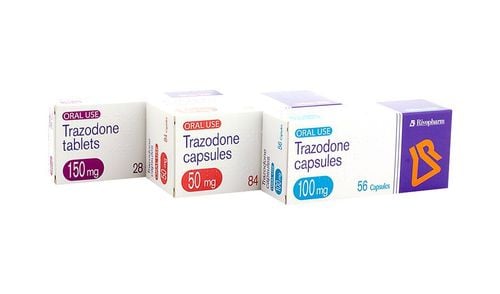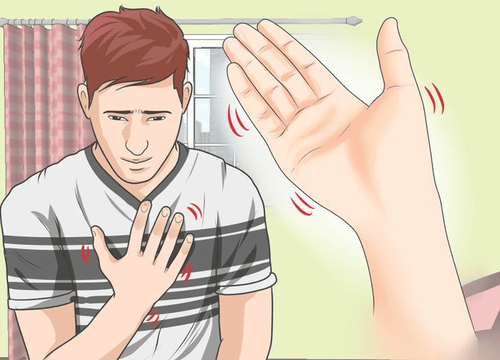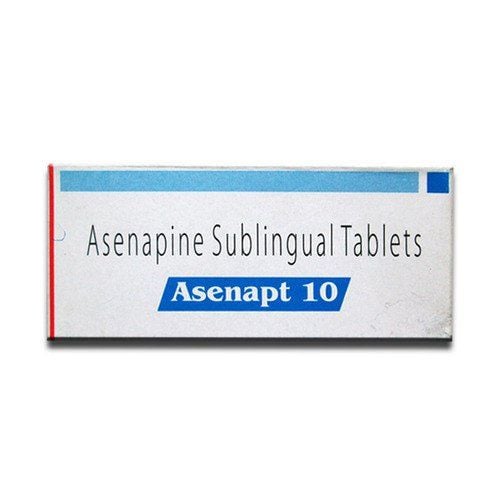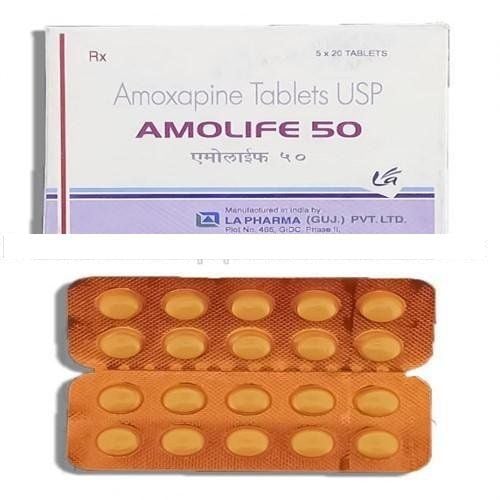This is an automatically translated article.
Olanzapine belongs to the class of tranquilizers. Patients should only use the drug when prescribed by the doctor and absolutely adhere to the dose to ensure safety during the use of the drug. What are the uses of Olanzapine?
1. Olanzapine is what drug?
Olanzapine is an atypical sedative (antipsychotic). This drug has many different pharmacological properties from typical antipsychotics such as less prolactin secretion, less extrapyramidal syndrome, less tardive dyskinesia with prolonged treatment. Olanzapine is effective on both positive, negative and inhibitory manifestations of schizophrenia. Olanzapine's mechanism of action is complex and not entirely clear.
2. Uses of the drug Olanzapine
The effect of Olanzapine 10mg is to treat mental/mood conditions (such as bipolar disorder, schizophrenia, ..). In addition, it can also be used in combination with certain other medications to treat depression.
This medicine can help reduce hallucinations and help you think more clearly and positively about yourself. You will feel less agitated, and more active in everyday life.
Olanzapine can also be used to prevent nausea and vomiting caused by chemotherapy. Olanzapine is also very effective for insomnia.
3. Indications of the drug Olanzapine
Olanzapine 10mg drug is indicated in the treatment of a number of diseases:
Manic psychosis in adults and children from 12 to 18 years old (must be closely supervised by specialists). Schizophrenia and bipolar disease. Agitation episodes or certain behavioral disorders in schizophrenia, bipolar disease and mania in adults (administered intramuscularly).
4. Dosage and how to take Olanzapine
Olanzapine is a medicine used only as prescribed by a doctor. The dose must be carefully adjusted for each subject and the lowest effective dose should be used. Dosage will be gradually increased and divided into several doses during the day at the beginning of treatment to minimize unwanted effects.
4.1. Dosage 4.1.1. What is the adult dose of Olanzapine? Usual Adult Dose for Bipolar Disorder:
Use parenterally with starting dose: 10mg intramuscularly. Oral (monotherapy) with initial dose: Oral Olanzapine 10mg 10-15mg/time/day. Oral administration (in combination therapy with lithium or valproate) with a starting dose: Olanzapine 10mg once daily. Usual dose for adults with schizophrenia:
Oral administration with initial dose: Take 5-10mg/time/day. Short-acting parenteral administration with initial dose: Intramuscular Olanzapine 10mg/time. 4.1.2. What is the pediatric dose of Olanzapine? Usual dose for children with schizophrenia:
For children from 8 to 12 years old:
Initial dose: 2.5-5 mg/time/day; increase dose by 2.5 or 5mg, every 2 weeks, to a target dose of 10mg once daily; Maximum dose: 20 mg/day. For children 13 to 17 years of age: The starting dose is 2.5-5mg orally once a day.
4.2. How to take Olanzapine Using the drug with intramuscular injection, medical staff will dissolve Olanzapine 10mg with distilled water for injection. The drug will be used within 1 hour after dissolving. The drug is only used for deep intramuscular injection into large muscle areas. Take the drug in tablet form: You can take it with meals or away from meals. Tablets should only be removed from the tin blister just before use, you should immediately put in the mouth to be dissolved by saliva. Then swallow with or without water. In the case of taking half a tablet, the remaining tablet must be discarded immediately, absolutely do not leave it in the tin blister for further use. If you experience persistent drowsiness, the daily dose can be used at night before going to bed, so consult your doctor before taking.
5. Olanzapine side effects
Some of the side effects you may experience while taking Olanzapine. Get emergency medical help if you have any of these signs of an allergic reaction: hives; shortness of breath; swelling of the tongue, throat or face or lips. You must stop using Olanzapine 10mg and call your doctor at once if you have any serious side effects such as:
Muscle stiffness, high fever, fast or irregular heartbeat, slow heartbeat, shaking, sweating, confusion, feeling like fainting. Convulsions or uncontrolled movements of the eyes, lips, tongue, face, hands and feet; Difficulty speaking or swallowing. Dry mouth, extreme thirst, feeling very hot (with or without sweating), urinating less than usual, or not urinating at all. Fever, chills, body aches, flu symptoms, sores in the mouth and throat. Swelling in the hands or feet. Changes in personality, unusual thoughts or behavior, hallucinations, or thoughts of harming yourself. High blood sugar (increased thirst, loss of appetite, bad breath, increased urination, drowsiness, dry skin, nausea and vomiting). Sudden numbness or weakness, confusion, or problems with vision, speech, or balance. Upper abdominal pain, itching, loss of appetite, dark urine, clay-colored stools, jaundice (yellowing of the skin or eyes). Less serious side effects may include:
Weight gain (more likely in adolescents), increased appetite. Stomach pain, constipation, loss of bladder control. Back pain, pain in the arms or legs. Numbness or a feeling of numbness. Headache, dizziness, drowsiness, feeling tired or restless. Memory decline. Breast swelling or discharge (in women or men). Menstrual delay.
Please dial HOTLINE for more information or register for an appointment HERE. Download MyVinmec app to make appointments faster and to manage your bookings easily.




